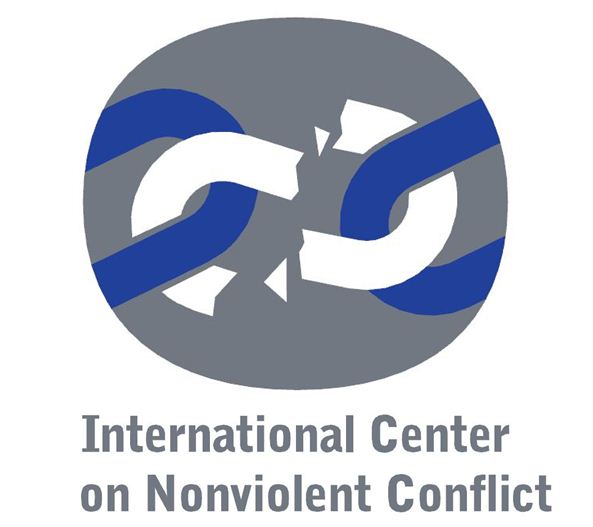Poland had suffered severely in the Stalinist period 1948-53. After 1953 there were moves within the Party for change, but Party reformers did not link up with developing pressure from below until 1956; after the June rebellion in Poznan, students, intellectuals, workers and devout Catholics joined in the ferment. Gomulka (who became Party Secretary in early October 1956) managed to negotiate with Khrushchev to prevent Soviet troops suppressing the popular movement.
C. I.1.c. Poland 1953-56
Examines destalinization in Poland and why the Polish 1956 uprising avoided bloodshed, making comparisons with Hungary and its 1956 Revolution, see pp. 79-80 and 87-123. These events are set in the wider context of Soviet and bloc politics.
Account by a Polish journalist (who left in 1949) of the evolution of destalinization from above and demands for democratization from below in 1955-56, and the October 1956 revolution. Karol explains the background context of Poland’s wartime experiences and the Communist seizure of power and in Part Two assesses Poland a year after October 1956.
Covers developments in 1956, especially the June and October public protests.

 The online version of Vol. 1 of the bibliography was made possible due to the generous support of the
The online version of Vol. 1 of the bibliography was made possible due to the generous support of the  The online version of Vol. 2 of the bibliography was made possible due to the generous support of
The online version of Vol. 2 of the bibliography was made possible due to the generous support of